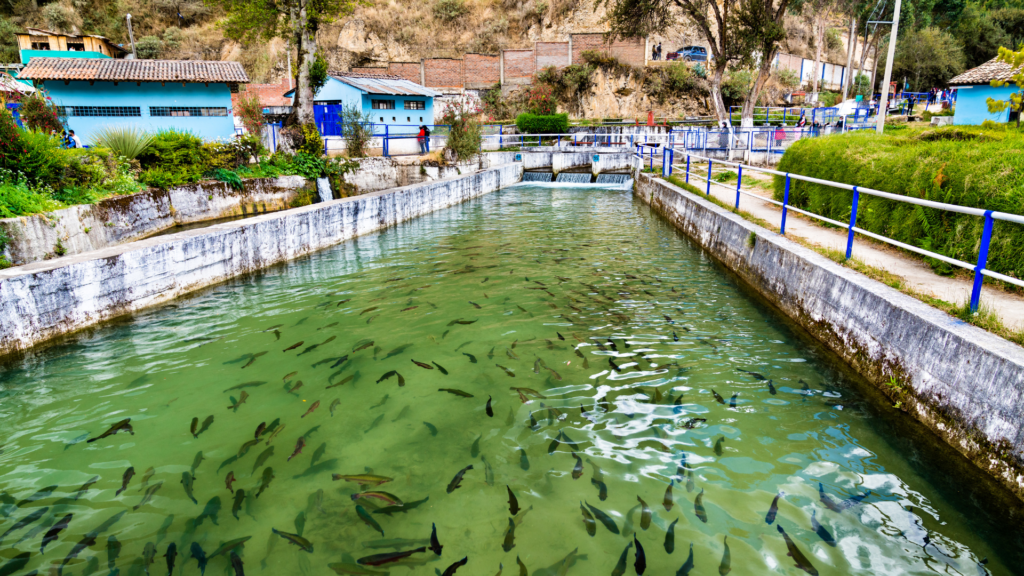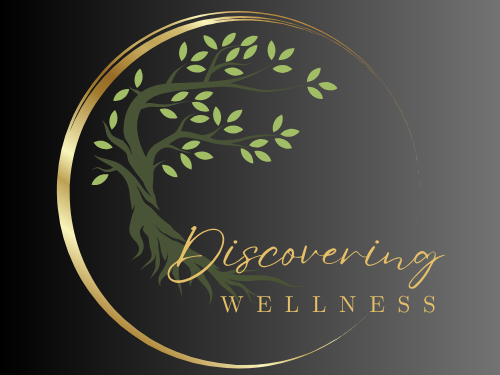
Farm-raised fish seem like an easy fix to overfishing, but they come with some serious downsides. Let’s dive in and see how fish farming really shapes up.
The Benefits of Aquaculture
Aquaculture provides a steady supply of affordable fish to feed the world’s growing appetite for seafood. As global population and incomes rise, so does demand for animal protein. With wild fish stocks declining, aquaculture helps fill the gap, providing a consistent source of fish like salmon, trout, tilapia, and shrimp. And since it takes the pressure off wild fish populations, it can help prevent total ecological collapse in our oceans. So far, so sustainable.
The Environmental Impacts
Fish farms wreak havoc on local environments. The expansion of aquaculture often involves clearing away mangroves, wetlands, and coastal habitats to make space for fish ponds and pens. This destroys vital ecosystems that serve as nurseries for numerous wildlife species. Mangroves alone provide spawning grounds for over 70% of tropical fish and shellfish species. Their destruction cuts away critical foundations of the marine food web.
Aquaculture facilities also generate enormous amounts of nutrient-rich waste in the form of uneaten fish feed, feces, and chemical residues. With inadequate waste management, these contaminants are flushed into nearby waters. This leads to eutrophication: excessive algae growth that blocks sunlight and depletes oxygen, creating dead zones where plants and animals cannot survive. It’s estimated that over 600,000 acres of coastal waters worldwide have been converted into dead zones by aquaculture effluents. That’s an area larger than Rhode Island turned into underwater graveyards.
Escapes present another major problem. Lax controls often allow farmed fish to slip out of enclosures into open waters. These farm escapees can interbreed with wild fish, diluting the gene pool and reducing overall population fitness. And they spread disease: farm-bred fish have weakened immunity and high infection levels from living in crowded, stressful conditions. Estimates suggest over 2 million farmed salmon enter North Atlantic waters annually. The influx of these unfit, diseased fish strains the resilience of wild populations already threatened by climate change and pollution.
Animal Welfare Concerns
The crowded, unhygienic conditions prevalent on fish farms also raise serious animal welfare concerns. Packing fish tightly into pens and ponds causes immense stress. Aggression and fin nipping spreads, while cramped quarters and poor water quality promote bacterial and parasitic outbreaks. Farmers control this with prophylactic doses of antibiotics, pesticides, and disinfectants. But these merely mask underlying issues caused by overcrowded, substandard living conditions.
Additionally, fish undergo extremely painful procedures like de-finning, and de-scaling without anesthetics. One can only imagine the agony of having your fins sliced off while fully conscious. Yet such mutilations are routinely performed to minimize injuries from crowded living quarters where fish abrade each other. Provide fish ample space, clean water, and proper care, and such torturous “modifications” wouldn’t be necessary.
Health and Nutrition Concerns
Nutritionally, farm-raised fish may even be inferior to their wild counterparts. While fish are prized for omega-3 fatty acids essential for cardiovascular and neurological health, levels of these beneficial compounds can vary widely in aqua cultured fish. Factors like feed formulations, antibiotics, contaminants, and poor water quality diminish their omega-3 content. So those farm-raised fillets may not deliver the heart-healthy punch you expect. They can also accumulate unsafe amounts of toxins like PCBs, heavy metals like mercury, and antibiotic and pesticide residues. Eating such contaminated fish on the regular raises your risk of developing antibiotic resistant infections and other health issues. That cheap farmed tilapia doesn’t sound so appetizing anymore.
The Potential for Responsible Aquaculture
So what’s the verdict here? Aquaculture clearly provides some benefits. But in its current form, it also degrades marine ecosystems, harms animal welfare, and produces potentially less nutritious seafood with risks from contaminants. However, this doesn’t have to remain the status quo. There are aquaculture operations that prioritize sustainability, humane practices, and delivering the healthiest fish possible.
While aquaculture solves some problems, it creates too many new ones for me to feel comfortable eating these fish on a regular basis. Choosing wild-sourced fish, despite their indistinguishable flavor, allows me to rest assured that I am not further polluting my body with dangerous substances.



